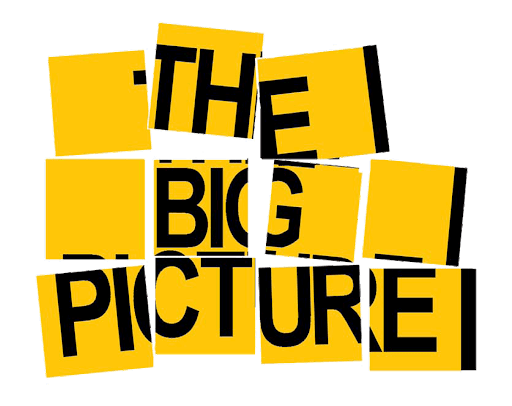Clubhouse is struggling. People fall for these kinds of things again and again. There is nothing evil about Clubhouse. It’s not like the mantra of “move fast and break things” which did cause damage throughout the entire tech world.
But the initial FOMO about getting a Clubhouse invite and trying it out has ebbed away, for a lot of reasons.
21 September 2021 (Rome, Italy) – There was an interesting piece in engadget last week, how Clubhouse is developing a new way to invite friends to chat called “Wave”. Clubhouse has been struggling. People say “it’s dead”.
But Clubhouse is one of 2021s most hyped social media platforms. It never really got out of first gear – so how can it be dead if it was never alive?
There were a number of things at work here – which is why it got any airplay at all. I’ve written two detailed posts about Clubhouse but let me summarise my main points:
• Clubhouse was a symptom of the hype surrounding it and the FOMO (fear of missing out) associated with it. It was the latest shiny new toy to play with, especially if you were going through Zoom fatigue. Rather than concentrating our attention fully and properly to maybe one or two social media platforms we felt the need to be everywhere … at the same time.
• Clubhouse was very much “a Covid-19 thing”. It launched in April 2020 just after the world went into the first big lockdown. Zoom and Microsoft Teams took off at the same time but people quickly tired of video calls. As Brian Inkster explained in a series of posts at the time:
“suddenly audio became an alternative (although to be honest it was always there in some shape, form or fashion – e.g. the telephone). Clubhouse became the alternative to the audio experiences we once had. At conferences, at networking events, at the office water cooler and down at the pub or the bar we want to hear voices other than just our partner’s voice, our child’s cry, our dog’s bark, our cat’s meow or for some the daily silence we must endure. People are going onto Clubhouse to satisfy that crave. That is understandable.”
• Social networks had begun getting competitive again. Facebook itself was finding surprising new challengers in audio, video, photos, and text. Lately, the consumer internet — that set of products devoted to building and monetizing large networks of people — had started to feel rather buzzy. A space that had been largely emptied out over the past five years is once again humming with life. The products are compelling enough, and growing fast enough, that Facebook and others have begun trying to reverse-engineer and copy them: Clubhouse, TikTok, a rising Substack, to name a few.
Twitter Spaces launched and tried to replicate and improve on Clubhouse. It’s claim-to-fame was you’d be able to immediately create audio spaces with all your existing contacts rather than having to recreate those contacts (with all the privacy issues that entails) as on Clubhouse. You’d also able to tweet (text) into the audio Space for that tweet to then be discussed in audio. It failed but that needs another post. But basically it did not work because lots of people don’t use Twitter so it’s going to alienate a lot of people.
Now, before I get to those points I want to step back a bit and give you the grand view.
There was something important going on there, besides the latest social media app. It was the latest encroachment of oral culture back into the public sphere. And it’s not just because it’s spoken, rather than written. For example Twitter, despite being written, is really dominated by the psychodynamics of oral cultures – “oral psychodynamics” as Zeynep Tufekci calls it. She studies social media and social movements and technology in-depth. As she has written
“the oral world is ephemeral, exists only suspended in time, supported primarily through interpersonal connections, survives only on memory, and rather than building final, cumulative works, it is aimed at conversation and remembering knowledge by rendering it memorable, which can often mean snarky, witty, rhythmic and rhyming.”
Think poetry slams rather than essays.
I met Tufekci a few years ago at a TED Talk (she is Turkish, I am of Greek ancestry and our cultural similarities are striking) and we’ve exchanged emails. In an essay she wrote a few years back she explained her use of the phrase:
In oral psychodynamics, the conversational, formulaic styling dominates (which aides memory) as well as back-and-forth, redundancy, an emphasis on being less analytic and more aggregative, being more additive rather than developing complex and subordinate clauses (classic example is the Genesis which, like Homer’s Odyssey, is indeed an oral work which was later written down). Oral pschodynamics also tend to be more antogonistic, interpersonal and participatory. (Wikipedia does a pretty good job of summarizing these arguments but I strongly advise reading Walter Ong’s “Orality and Literacy: The Technologizing of the Word” for a more thorough treatment.
And Clubhouse fit into all of this – though it was a bit weird. As Ben Thompson has written, to what extent are all of these new companies, particularly those in these new creative spaces, getting pushed versus pulled into existence?
Tesla? Makes complete sense. It was pushed. Electrification of personal vehicles would have happened at some point; General Motors lit the fuse in 1992 when General Motors showed an electric car could be mass-produced – the first in the modern era by a major car manufacturer. But they did not pursue it. It seems fair to argue that Musk accelerated the timeline significantly.
Clubhouse, meanwhile, Silicon Valley’s hottest consumer startup, feels like the opposite case: it was pulled. In retrospect its emergence feels like it was inevitable but if anything, the question is what took so long for audio to follow the same path as text, images, and video.
Clubhouse did open the door to a lot more oral culture by its design, though it quickly veered into the podcast model (common form: two speakers/large audience) that is, despite being spoken, is actually written or print culture. And not so coincidentally, Clubhouse in its early days was dominated by the tech crowd (new app, so of course it would be them) but then they all vanished.
To many, the most obvious difference between Clubhouse and podcasts was how much dramatically easier it was to both create a conversation and to listen to one via Clubhouse. That step change was very much inline with the shift from blogging to Twitter, from website publishing to Instagram, or from YouTube to TikTok. It’s a natural transition.
And you need to look at this vis-vis the Gutenberg press and writing and print.
I want to set a framework so you see how it affects oral tradition. The key to understanding this transition is that while writing did displace the value of memory, the vast abundance of printed material did something else. We changed the shape of our public sphere and also our psychodynamics. We replaced the natural, visceral human “oral psychodynamics” that Tufekci writes about with those of literate and written ones. Most of us are so awash in this new form that we notice it as much as fish notice water. But writing? Really? It is but a blip and the printed but a flash in human history. Orality, on the other hand, is perhaps the most human of our characteristics, and ironically, the comeback of which into the public sphere via Clubhouse is so natural. Yes, with the advent of writing and printing we acquired new cognitive tools and novel psychodynamics. But really, diving into the DNA, we’re still really a “talky” species. That older form of communication never died out. It just receded from importance.
All human societies are also oral cultures. Yes, with big differences. There is a huge body of scholarship that distinguishes the characteristics of oral societies that did not change from those oral societies that became dominated by writing – and Europe and the United States are thoroughly dominated by the written culture even though oral culture is still with us because orality is deeply and intrinsically human. This is true even for deaf communities; the only difference is their orality is visual, not spoken. Primary orality refers to cultures which are untouched by writing whereas residual orality is cultures like ours where writing dominates even our speaking.
NOTE: I could write volumes on this but let me recommend three books that really pulled it all together for me: “How We Became Posthuman” by Katherine Hayles; “Understanding Early Civilizations” by Bruce Trigger; and “African Genesis” by Robert Ardrey.
It is why I call Twitter “oral history”. And it may be tough to get if you’re stuck in an English/Anglo silo. Having lived in the U.S. most of my life, and now in Europe for the past 16 years … in Belgium, France and Greece … and speaking two languages in addition to English, my perspective is different. This distinction is harder to observe in the English Twitter-verse since English is so thoroughly colonized by writing. But Tufekci and I share a common observation (her’s being Turkish). Whenever I dive into Greek Twitter, I notice tweets employing many forms of Greek which are solely found in oral Greek – almost never written down in our literate culture. This distinction is visible in societies where oral culture was not as decisively beaten back as in the English speaking world — and so makes it harder to explain the issue in English. But having spoken with so many non-English speaking friends, in those Twitter communities that are denser, more interconnected networks (they follow one another more readily, they retweet each other more often, and more of their posts are @-replies) oral culture is their root.
But getting back to English … the difference between oral language and written language is also why bad scripts in movies sound so stilted and written transcripts often look so funny. Those bad script writers are stuck in literate English rather than the spoken word. Oral/spoken language is related to but different from written language, and not just in phrases and grammar but also in mood, effect and rhythms.
It’s also why main stream media in the U.S. does so badly, especially news anchors who are actually just products of print culture: they speak in a way nobody speaks. What most TV anchors are doing is simply reading their written voice out loud. That’s print psychodynamics, not orality. It’s why Fox News in the U.S. always does so well, always resonates with its audience, always scores high on audience opinion metrics. Their on-camera personalities speak as their audience speak, as they talk. It is often dismissed and looked down upon because that is partially how power operates in our society. But whatever else it is, it is certainly not illiterate. Just the opposite. It is a deep form of knowledge and culture, just not the written one. Because they report, they talk in that intense emotional vibe or sensationalism that most people do.
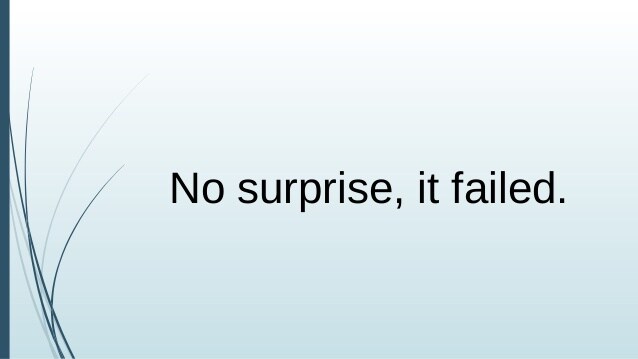
The hype was so manufactured. Most of us have learned over the years that when you have marketers trying too hard to convince you something is impressive – then it probably isn’t. If you hear about a social media platform from 10 people, and 9 of them work in marketing or other comms, then it’s probably shit. The original idea, per Clubhouse, was:
“A new type of social product based on voice that allows people everywhere to talk, tell stories, develop ideas, deepen friendships, and meet interesting new people around the world”.
Users would follow topics and then join and leave chatrooms dedicated to these subjects. The rooms come and go as people launch and end them. Rooms would act “like a live, free-flowing podcast, with a panel discussion on a particular topic”.
Rooms had (still have?) a 5,000 person limit, and the majority of the people in the room only listen in to the discussion. However, you can virtually raise your hand to request to talk. The room’s creator and moderators choose who can speak.
Marketers and writers compared Clubhouse to “being a part of an exclusive cocktail party – the opportunity to listen to or even participate in unfiltered conversations with famous and influential people”. Celebrities and entrepreneurs were hanging out talking about interesting things! It was a very concentrated PR effort, with several articles discussing how Oprah Winfrey, Drake and Elon Musk are using it. A classic celebrity endorsement marketing strategy. Except they all fled.
People on LinkedIn were hyping the crap out of it. The type of people who always talk about “hustling” and listening to “influencer podcasts”. Outside the circles of entrepreneurs, social media addicts, content creators, marketers, and tech writers, not many people have probably heard of Clubhouse.
And Clubhouse’s growth began to stagnate.
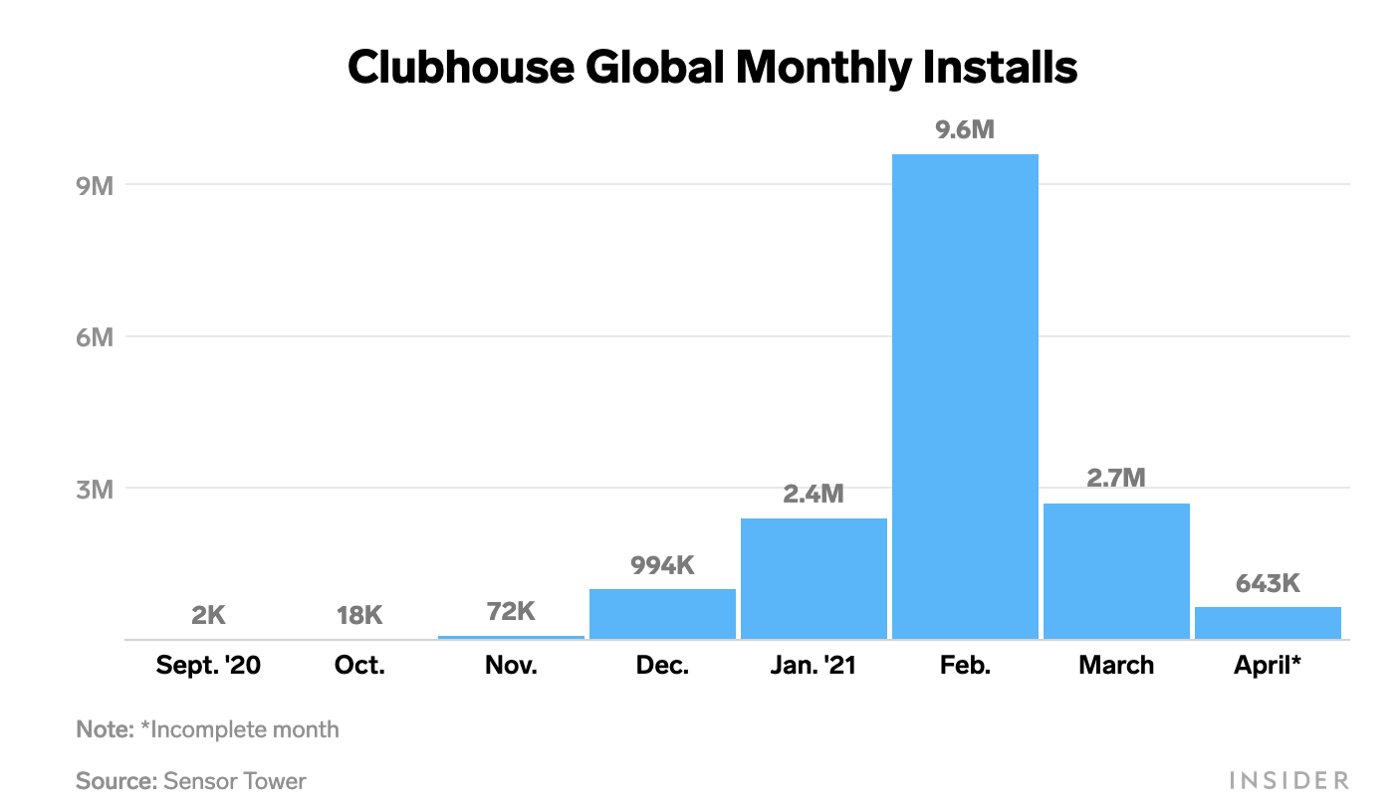
Clubhouse went from its peak of 9,600,000 downloads in February to just 719,000 in May 2021. Comparatively, TikTok is the most downloaded social media app, with over 56 million installs in February and 80 million in May. Since opening up to Android and removing the invite-only functionality, Clubhouse got a bump but that quickly dissipated.
Most of its growth is exclusively in Asia, with India accounting for 75% of the total downloads.
Google searches for Clubhouse peaked in February 2021 and quickly declined. Of no coincidence, news articles on the platform also peaked at the same time. PR drove any hype behind the platform — not actual users who loved what Clubhouse offered. Clubhouse is now said to facilitate 600,000 rooms per day — but with only 30 million potential users, that seems like a lot of empty spaces.
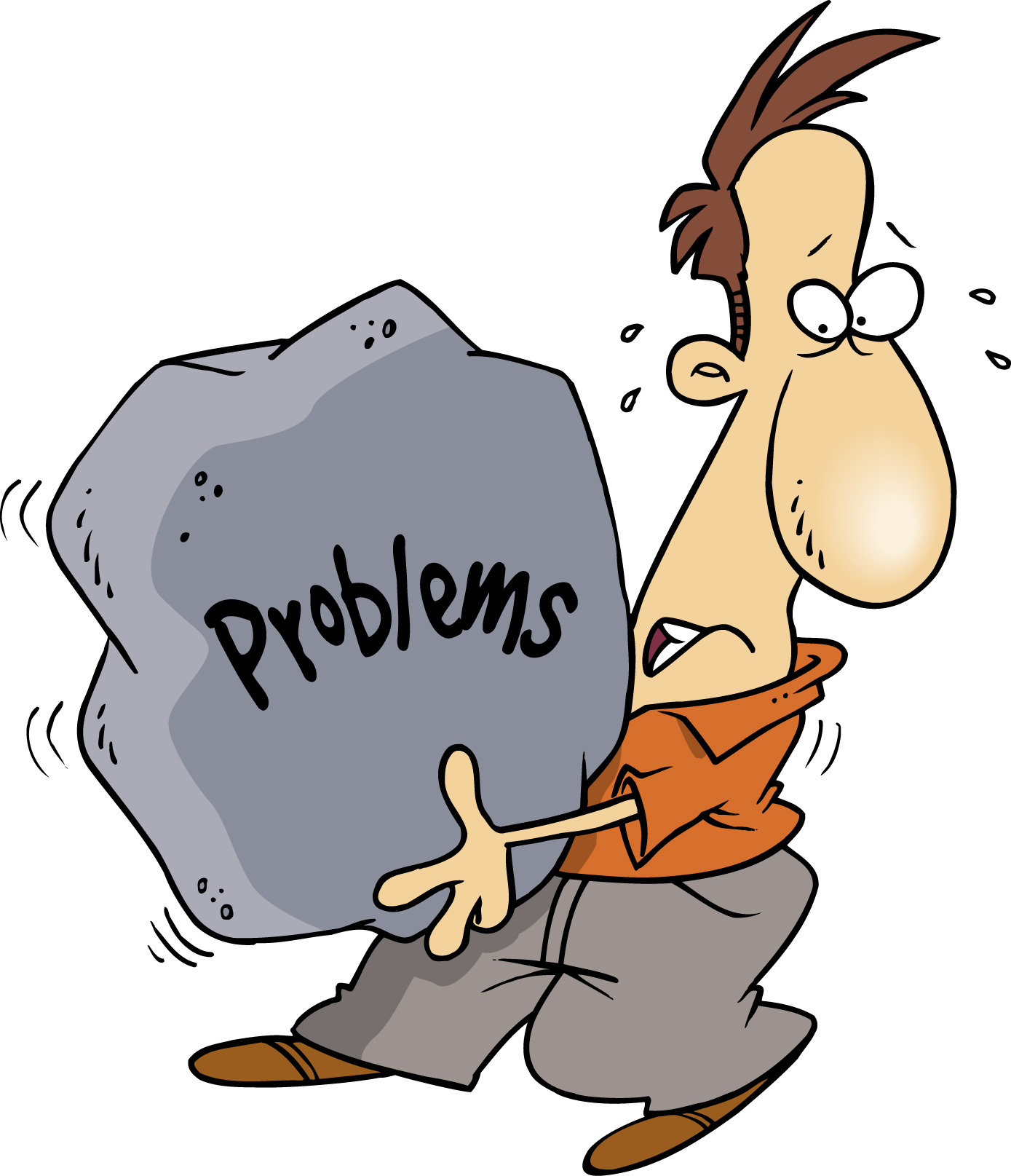
There are several problems with Clubhouse. My thanks to Daniel Hopper and Brian Inkster and Kim Cowie (all tech writers) for helping me pull this together
Plastic hype
If only marketers, influencers and news agencies are talking about something, that’s a problem. If the users themselves aren’t bragging about it, it probably lacks substance for the average person. Clubhouse’s “popularity” really was just a concentrated public relations effort. Several articles talked about how Oprah Winfrey, Drake and Elon Musk were on the app, all before anyone else was using it! Almost literally.
That’s not fishy at all!
This PR would have you believe Clubhouse was one of the world’s fastest-growing social media platforms. But that’s far from the reality. According to Statista, Quora is the world’s 15th most popular social media platform, with 300 million users. Comparatively, Clubhouse is well down the list. It was never a top 10 downloaded app. It’s probably not even a top 50 social media app in the world. It had a few celebrities using it, but does that mean anything in the age of influencers? I feel Clubhouse lacks the substance to justify the hype.
Harassment and abuse
People using social media for reasons beyond its intention is nothing new – trolls are all over social media. But, Clubhouse’s lack of moderation to protect users isn’t doing it any favours, a reason for people leaving the platform.
“[Clubhouse has] become a haven for the powerful to flirt with misogyny and racism. Problems include inappropriate rooms, scammers, abuse, harassment and hate speech” – Vanity Fair magazine
The time investment
Another downfall of the clubhouse platform is that you have to view content in real-time — thus, you need to spend a lot of time on the platform. You can’t record a conversation to listen to later. If there is someone in a room you’re interested in listening to, you have to wait.
Similarly, if a moderator invites you to speak, you have to wait your turn. Rooms can be pretty cliquey – the closer you are with moderators, the more likely you are to be chosen to speak. Again, a considerable time effort. You can spend a lot of time just waiting for something interesting to happen. That means not spending time working or doing something else productive.
And as the world comes out of quarantines and people don’t have as much downtime at home, will people still hang out on an audio-based app waiting for someone to say something interesting?
The “exclusivity”
The exclusivity that was an initial drawcard of the platform for some users might also be a big part of its downfall. Being an Apple-only and invite-only application made Clubhouse full of pretentious people. The platform also seemed focused on giving “elites” a platform to grow their personal brand, and everyone else should be happy with the privilege to listen to them talk. The “elites” then fled the app.
Since the app has opened up to the market, and the typical user realises they’re not actually going to be hanging out chatting with the rich and famous, the platform loses most of its appeal. When the Android version was released and the invite-only status removed, when it’s not exclusive anymore, it loses its identity, and Clubhouse’s positioning becomes redundant.
Lack of a fundamental value proposition
A value proposition explains why a consumer should choose a product over an alternative. How that brand uniquely provides value. The idea behind Clubhouse wasn’t revolutionary — it already kind of existed with Zoom, for example, with its teleconferencing. Except for the audio-only aspect, which is hardly a step forward and it’s easy to replicate.
Hence, several alternatives are now available, including:
• Twitter — Spaces
• Telegram — Voice Chat
• Instagram — Live Rooms
• Reddit — Talk
• Spotify — Greenroom
• Slack — Huddles
• Facebook — Live Audio Rooms
It makes you think, what real value does Clubhouse actually provide as a social media platform?
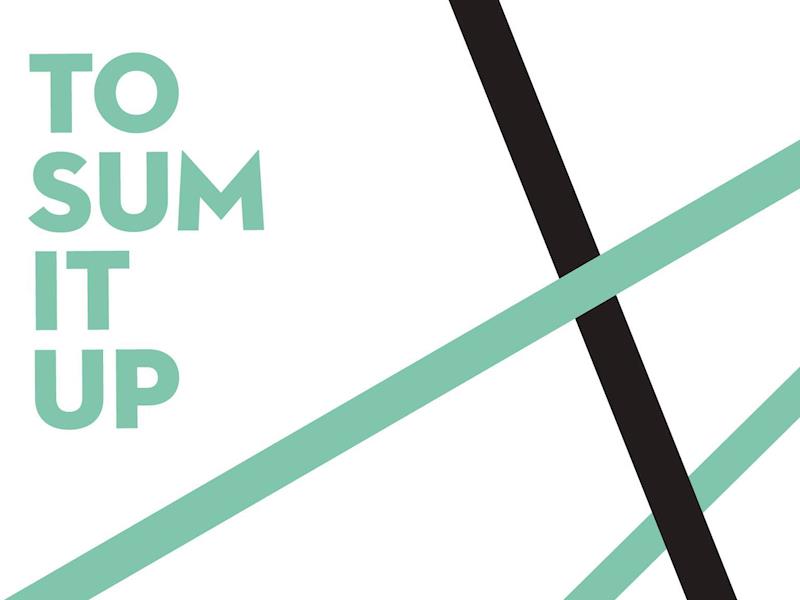
Clubhouse was touted in early 2021 as the social media platform to watch. An audio-only, business-focused social media platform where celebrities hang out to mingle with us simple folk. They were hyped by media after $12 million in funding and a valuation of $100 million, despite no website and just 1,500 users at the time.
Now, that value is reportedly $4 billion — with barely 30 million downloads. Comparatively, Linkedin had over 400 million users when Microsoft purchased it in 2016 for US$26 billion. Over-inflated?
To sum the platform up as cynically as possible — Clubhouse has little to no value to the average person. It’s a time-suck hoping to stumble across a conversation of value or another platform for that hustle life and self-promotion. Will Clubhouse ever become relevant in the grand scheme of social media? I doubt it. But we’ll see what their PR team can do about that.

